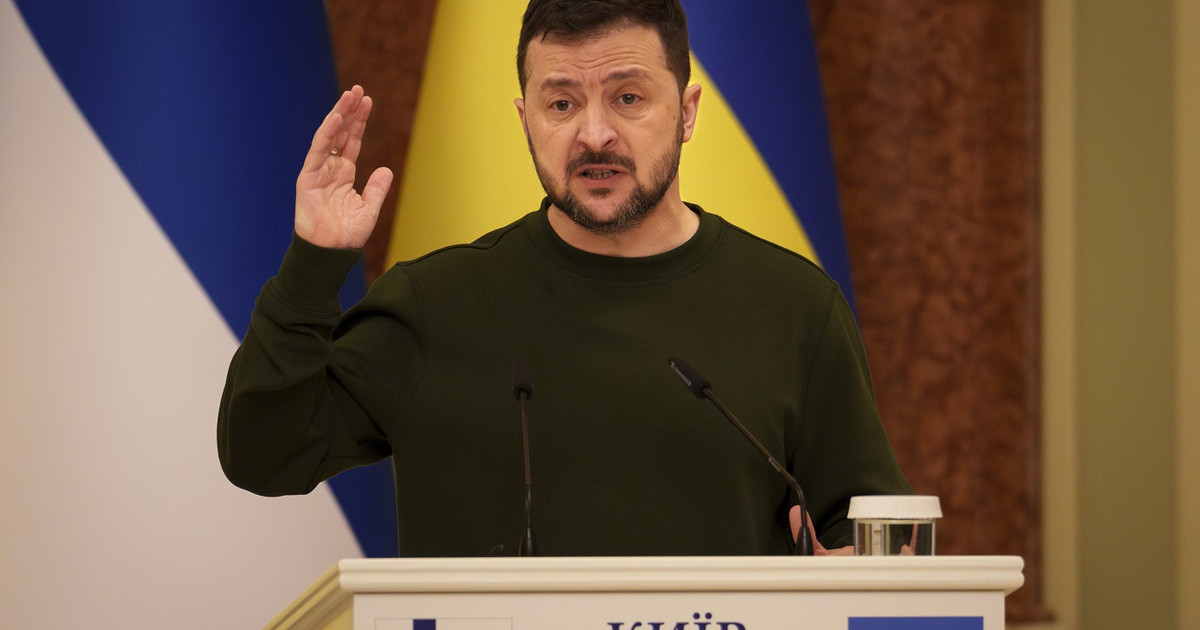By Andreas Kluth
What makes our current situation so alarming is an outbreak of “out of sync”. At least that’s what I recently heard Robert Habeck, Germany’s vice chancellor and economy minister, say at a conference of German industrialists.
What a term, I thought. And what a difficult – and profound – concept. He is exactly Habeck’s type. Leader of the environmentalist Greens in Germany’s governing coalition, he is also a prolific co-author (with his wife) of novels and children’s books. He possesses an intellectual curiosity and spunk that is rare in the ranks of politicians.
A simple example of the non-synchronicity he was talking about might be the substrate behind this week’s weather. Much of Europe is inundated with record-breaking temperatures. People are sweating and panting, doing everything they can to stay hydrated and avoid heatstroke.
At the same time, people like Habeck are trying to prepare Europeans for the opposite scenario in the winter months, when they will probably have to shiver in colder homes and offices because the entire continent will have to conserve natural gas which Russia, as part of its economic war, it will no longer offer.
Contradictions
In a circular way, these problems are linked. Heat waves are a consequence of climate change, which is caused by the cumulative emissions of greenhouse gases from the burning of fossil fuels. This same dependence on oil, gas and coal also explains Europe’s vulnerability to Russia under its warmongering tyrant, President Vladimir Putin. For decades, it has been building pipeline infrastructure so that Russia can, energy-wise, hold Central and Eastern Europe hostage.
Hence the tight vise of non-synchronization that Habeck now sighs over. He and his Greens campaigned for a radical acceleration of the exit from coal, oil and gas and a simultaneous gallop towards renewables. In their perception, they joined the government to save the planet.
Instead, Habeck is spending his first year in office negotiating with countries from Canada to Qatar to get Germany more liquefied natural gas to replace what was coming from Russia via pipelines. It orders the operation of floating LNG terminals so that they are ready by winter, while also preparing fixed ones on land for long-term use.
Habeck also rings the bell for the least enjoyable of all cuts. To get through the coming winter of energy shortages, it needs to restart the dirtiest power plants – those that burn coal.
So there you have it, the asynchronous logic of 2022, built into a minister. Man wants to slow down the warming of the planet, but here and now he faces one heat wave and the other the winter “thaw”. He wants to get rid of coal, but instead he lights old furnaces.
The multiple “Nows”
Being a German intellectual, Habeck probably used the term “non-synchronicity” (or “non-simultaneity”) with a specific philosopher in mind. The German word Ungleichzeitigkeit refers to the theories of Ernst Bloch, a German thinker in the Hegelian and Marxist tradition.
In the 1930s, having emigrated, Bloch tried to explain the rise of Nazism in Germany. The country, he concluded, was a “classic land of non-synchronism”, in which atavistic feudal traditions between the peasantry and the former aristocracy continued to coexist with the capitalist institutions of the industrial age.
Because Germany never saw a successful revolution, Bloch reasoned, attitudes, worldviews, and narratives from different eras remained alive, confusing and mythologizing them in the present. As he put it, “not all men live in the same Now.”
In a roundabout way, these ideas survived into the cyberpunk science fiction genre, pioneered by writers such as William Gibson, known for remarking that “the future is already here — it’s just not evenly distributed.” Often cited in Silicon Valley circles as an optimistic take on technology adoption, Gibson’s thinking is instead a distinctly noir vision of dystopia, the “combination of low-life and high-tech.”
Whether the context is Bloch’s, Gibson’s or Habeck’s, non-synchronicity seems to explain a lot about various things we see and experience in this age. Take Russia and the European Union as an example.
In the EU Now, international relations are today orderly and generally polite, following postmodern, even postnational standards for respecting borders and norms. Putin’s Now is set in the 18th century, when imperialist tsars conquered everything they could and might made right.
In the other, alternative present Now, there are people who believe that what matters is soft power, creativity, ideas and intangibles – while others are convinced that what matters is lands, weapons and soldiers. There are those who want to save humanity from ecological suicide, while others deny the very science that tells us we have a problem.
Among New Age people, it has become fashionable to swear by the “Power of Now,” as the title of a bestseller puts it. The past and the future, says this theory, are distractions created by our mind to torture us. The path to enlightenment is to recognize that the only reality is the present moment.
This can work during meditation. The rest of the time, reality confuses us, mixing past, future and present until we can’t agree on anything at all, except that there’s a lot to worry about.
Who is to blame for climate change, war, famine, and even the pandemic? Where are we going; And what do we do now?
Source: Bloomberg
I’m Ava Paul, an experienced news website author with a special focus on the entertainment section. Over the past five years, I have worked in various positions of media and communication at World Stock Market. My experience has given me extensive knowledge in writing, editing, researching and reporting on stories related to the entertainment industry.






